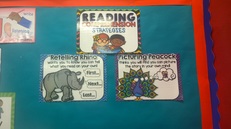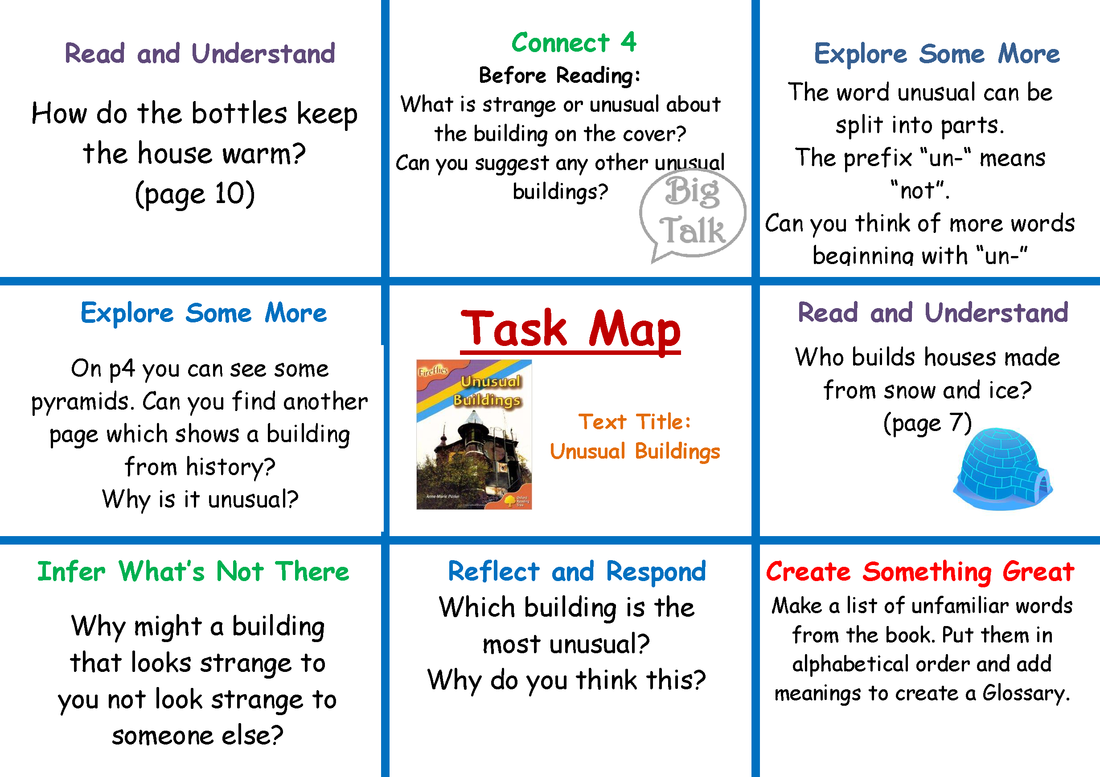
As a P1 teacher, while reading comprehension is always important, you spend much of your time, at least initially, focusing on the phonics side of things. Children need to be able to decode before they can read for understanding! But when your class of P3 children arrive one morning in August for the first time, they come equipped with a basic to good (depending on the child) understanding of letters and many phonemes. While the phonics work will obviously be on-going, the children are reading more widely, and they are beginning to read for information.
I feel like P3 is a transition year in many ways - their last year in infants, before transferring to the middle stages. Because I've been steeped in the P1, heavy on phonics mind set for the past few years, I decided to sign up for a twilight course this past week, looking at teaching reading comprehension in the middle and upper stages. While not all of my class will be ready for some of the ideas and suggestions, I do have a group that could easily be pushed on.
The course was very practical, and the course leaders were both knowledgeable and helpful. They introduced us to the website The Learning Zoo, which is worth a look, I think. Here is a link to a free 'Teachers' Checklist' from the site, which helpfully breaks down all of the literacy Es and Os for each level - I'm planning to print it out to add to my planning folder. I think it will make creating learning intentions and success criteria quite straightforward, but it's also helpful as a checklist for ensuring that I'm covering a broad range of learning intentions under the umbrella of each Literacy E and O.
At the training, the facilitators also talked about using 'Task Maps' with different reading groups. A task map looks like this:
I think this will be helpful with one of my guided reading groups in particular. Once they have been trained in how to use their Task Maps, this should free me up to spend a bit more time with my groups who need a little bit more support.
The Learning Zoo has a section with some Task Maps for different books already uploaded and ready to use. But even if the tasks maps there won't work for your class, they give you a good idea of the different types of tasks you can include if you want to create and share your own maps for different books available in your own school. Other teachers at the twilight said that once they got into the swing of creating their own tasks maps, they were not as time consuming to make as they might look at first...here's hoping I find that to be true!


 RSS Feed
RSS Feed